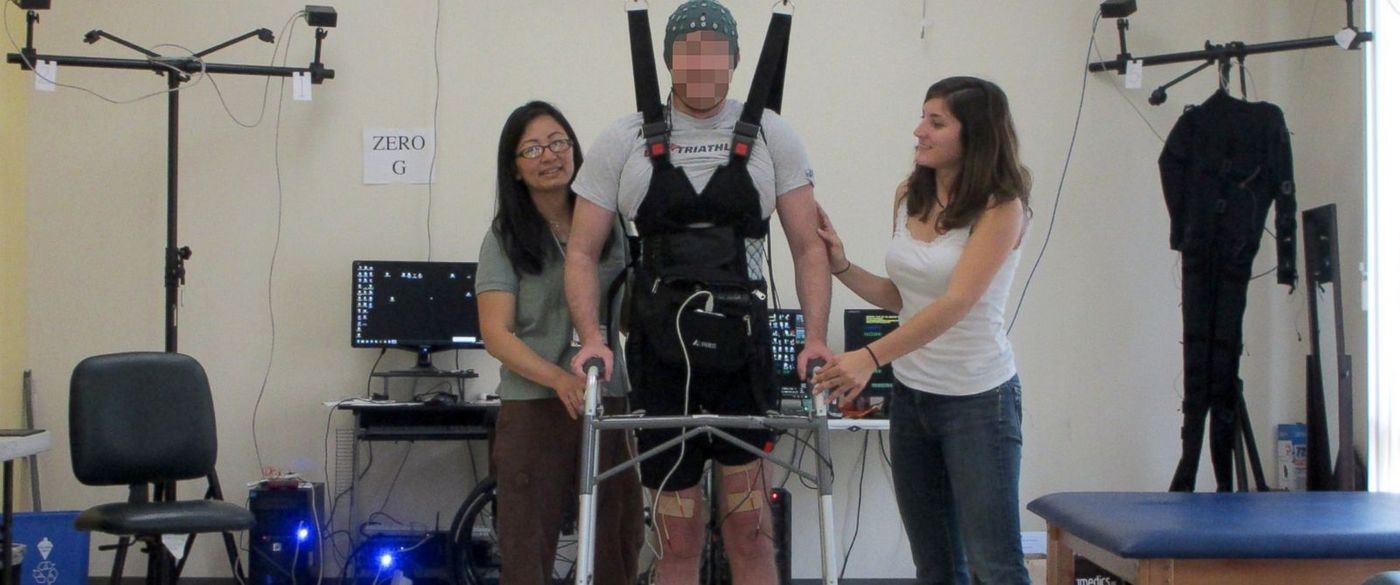Paralyzed Man Walks Again Thanks to Technology
There have been many instances where technology has been able to be paired with the human brain to produce extraordinary behavior. Scientists are learning to capture brain waves, which are what our brain produce when we want to do something. By capturing these waves with an electroencephalogram (EEG), we can command technology that has been wired and tuned to listen for and comprehend those waves.
One such incident that occurred recently was when a paralyzed man was able to control a robotic arm with his brain to enjoy a drink; but now another man, a 26-year-old paraplegic by the name of Adam Fritz, is walking again for the first time in 5 years thanks to this brain-to-computer technology.

After a motorcycle accident that damaged his spinal cord and paralyzed him, Fritz is using this brain-to-computer technology to completely bypass his spinal cord and send commands with his brain directly to a set of mechanical legs with a computer. The computer is able to tell when his brain intends to walk, and can act accordingly by moving the legs as the brain intends.
The computer moves the mechanical legs with electrodes that are attached to Fritz’s knees, which contract the muscles necessary to move the mechanical legs each time a signal is sent from the brain. The contractions are much like what would happen normally from someone that is walking with their natural legs.
As you can imagine, since this is the first time Fritz has ever done this, the walking is a bit choppy. It’s a skill that needs to be mastered over time, and moreover, the technology is also in its early stages and will improve over time. Nonetheless, Fritz was able to complete a 3.5-meter course with the technology.
“Even after years of paralysis, the brain can still generate robust brain waves that can be harnessed to enable basic walking,” the University of California’s Dr An Do said in a statement “We showed that you can restore intuitive, brain-controlled walking after a complete spinal cord injury. This non-invasive system for leg muscle stimulation is a promising method and is an advance on our current brain-controlled systems, which use virtual reality or a robotic exoskeleton.”
To help him, he is supported by a harness connected to the ceiling so that should the technology fail, he will not be injured further, and it also helps guide him through the learning process. The harness takes some of his weight, and the legs do the rest. Doctors also accompany him in the room to monitor the actions of the computer, and ensure he is safe.
As of right now, this is still only a proof of concept, but the advances in technology prove that there is be a light at the end of the tunnel for paraplegics that want to be able to walk again. This is a beautiful example of how science and technology can work together in order to make human lives better.
Source: The Guardian








